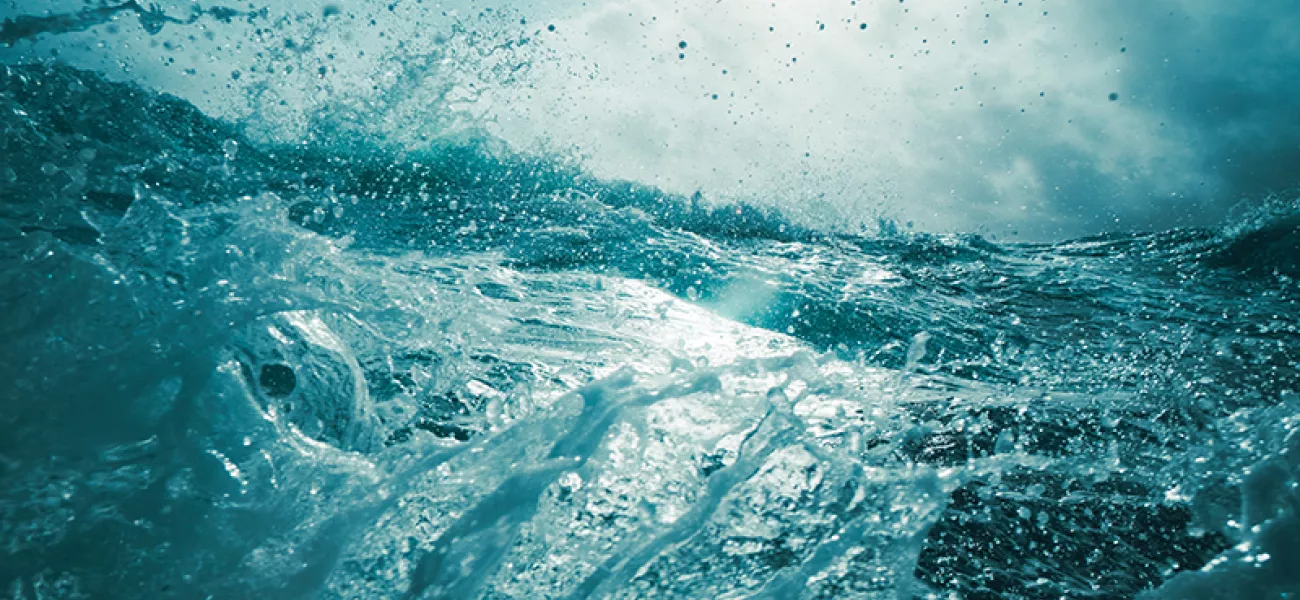
Lucas Young, Axis communications, looks at the role of body-worn cameras to enhance security, improve health & safety and offer peace of mind to water industry professionals
Water represents a crucial element of our critical national infrastructure. As part of Ofwat’s water sector investment cycle in the UK and Wales (currently Asset Management Plan 7 / AMP 7), all water companies were required to submit detailed business plans to include measures for ensuring the long-term resilience of their infrastructure and operations. With the UK's terrorism threat level still seen as ‘substantial’, the physical security of water sites will be key to guaranteeing greater resilience against physical sabotage or attack.
Modern IP security and surveillance systems offer increasingly sophisticated means of protecting sites both inside and out, whether at large manned complexes or unmanned satellite substations. Solutions that can provide high levels of protection while also offering significant value in the form of benefits beyond security are those that will be increasingly incorporated into day-to-day operations. Body-worn cameras have a common association with the police force and private security teams, yet are increasingly seeing wider use across a range of industries and sectors because of the benefits they offer and their ability to improve both security and operations.
A mobile solution to extend ‘bricks and mortar’ site security
When it comes to the security of water utility sites, body-worn cameras can be considered an extension to any fixed security system, complementing existing network surveillance cameras by becoming the eyes and ears on the ground. This provides an individual perspective of any situation, with forensic video captured at the point at which an incident occurs, and the flexibility to document evidence where and when it’s needed. Body-worn cameras have the added advantage of being able to reach areas that fall out of range of static, mounted cameras, covering any blind spots in the field of view; a powerful solution when a range of cameras work together to monitor an entire site.
With 32 water service providers currently active in the UK, some with as many as 2000 remote sites, effectively monitoring the security of each site can be challenging. Consider, for example, a small, unmanned satellite hub with some degree of perimeter protection, or a remote site with no connectivity. Here an operative with a body-worn camera can respond to an alert to check the site, documenting the scene with video as necessary, or send video of any incident to a central hub for processing. Similarly, at a site based within a listed Victorian building where the installation of security cameras onto the structure might be restricted, body-worn technology will not contravene regulations.
Maintenance, safety and staff protection
Operatives can gain confidence from body-worn technology because it gives a feeling of protection and demonstrates a duty of care. This can empower them with the knowledge that their words and actions can be recalled for evidence of a job well done, or a situation handled in a timely and professional manner. It can also provide evidence of conduct and operative rationale within any situation that may later be raised in a legal dispute. And when it comes to safety, body-worn cameras can play a crucial role, aiding crews tasked with manual maintenance operations or equipment audits by providing evidence of their work, or documenting checklists and inventories in audio-visual form.
In the event of a malfunction or leak, video evidence can be hugely important to aid understanding of what went wrong and to evidence that all staff were working safely. In the case of the lone worker who might be operating unattended in hazardous locations, body-worn cameras can document activity and monitor for health and safety. In the event of a man-down alert where investigations as to the cause of an accident or injury must take place, fall detection capabilities can trigger automatic recording, even offering up to 90 seconds of buffered memory to help ascertain the cause of a fall. With so much at stake in the event of an incident, body-worn technology is indispensable for capturing high-quality video that is admissible as part of any investigation.
Long-term resilience for the water industry
Axis’ body-worn technology is built on open platforms so it can be connected to other third-party technologies to form part of a powerful overarching end-to-end solution from a single provider. Cameras are lightweight, highly secure, and with enough battery capacity to cover a 12 hour shift eliminating the need to change batteries or recharge. As the water and waste-water treatment market experiences strong growth, body-worn camera technology might prove to be the innovation to help create a smarter, safer and more resilient water sector.